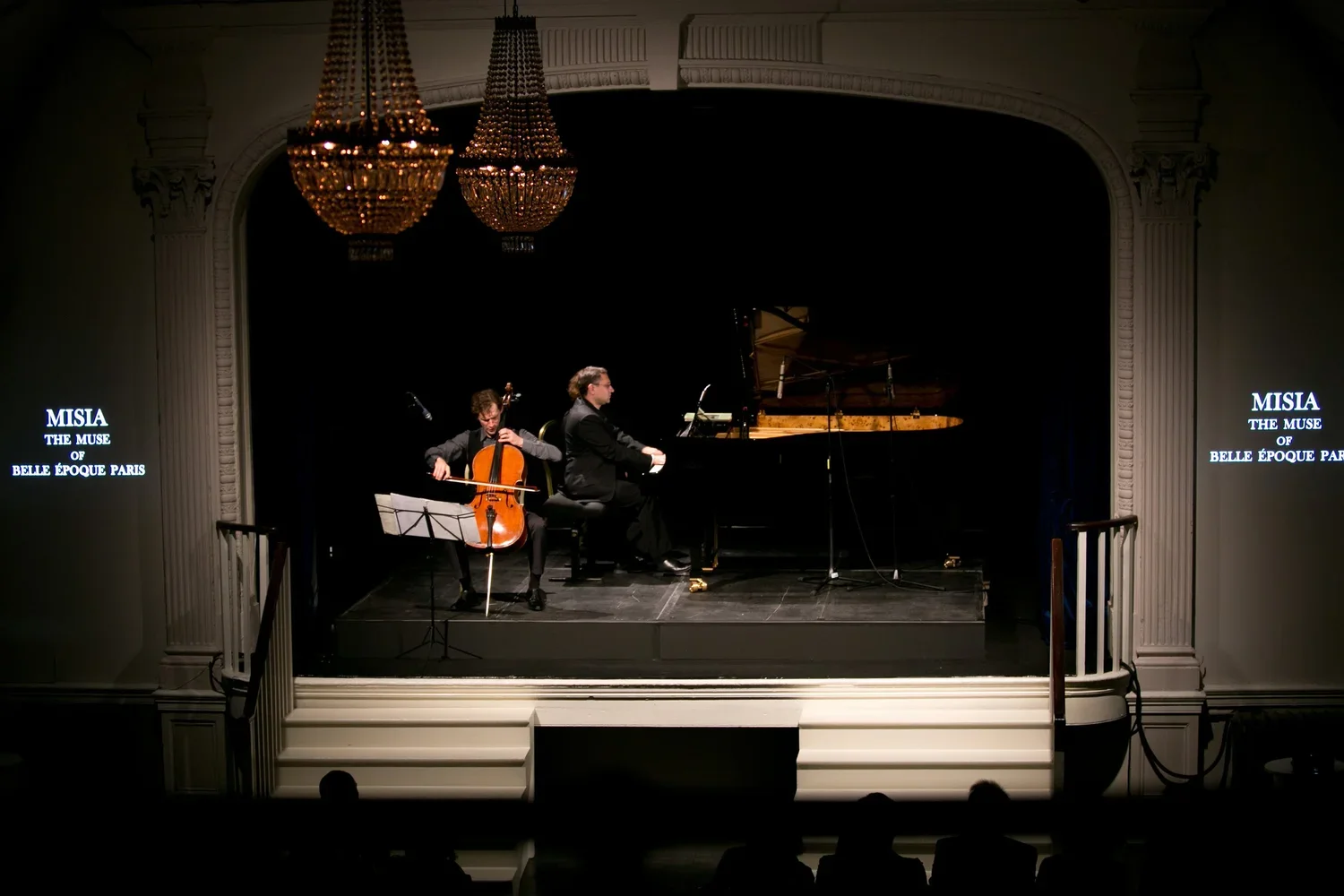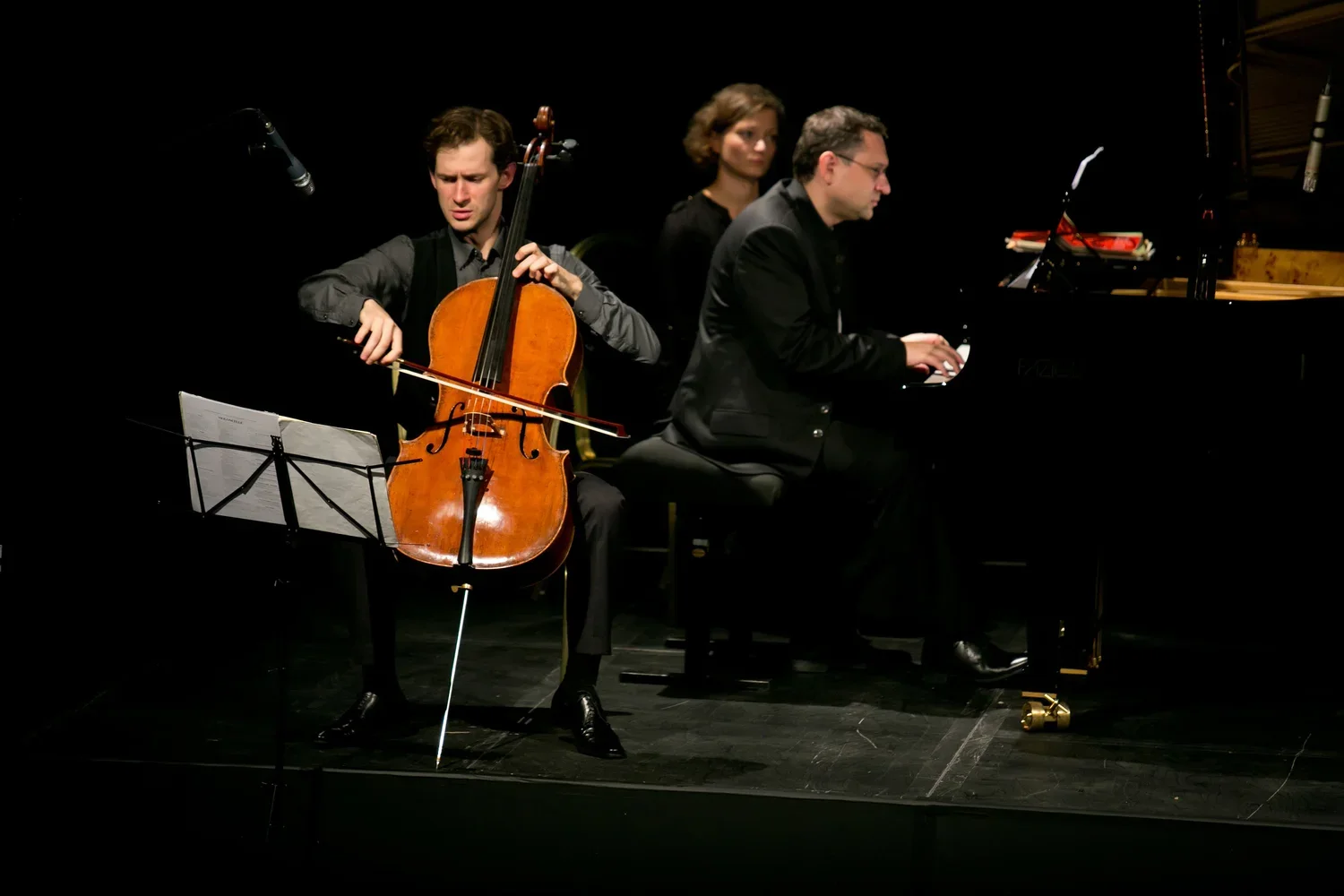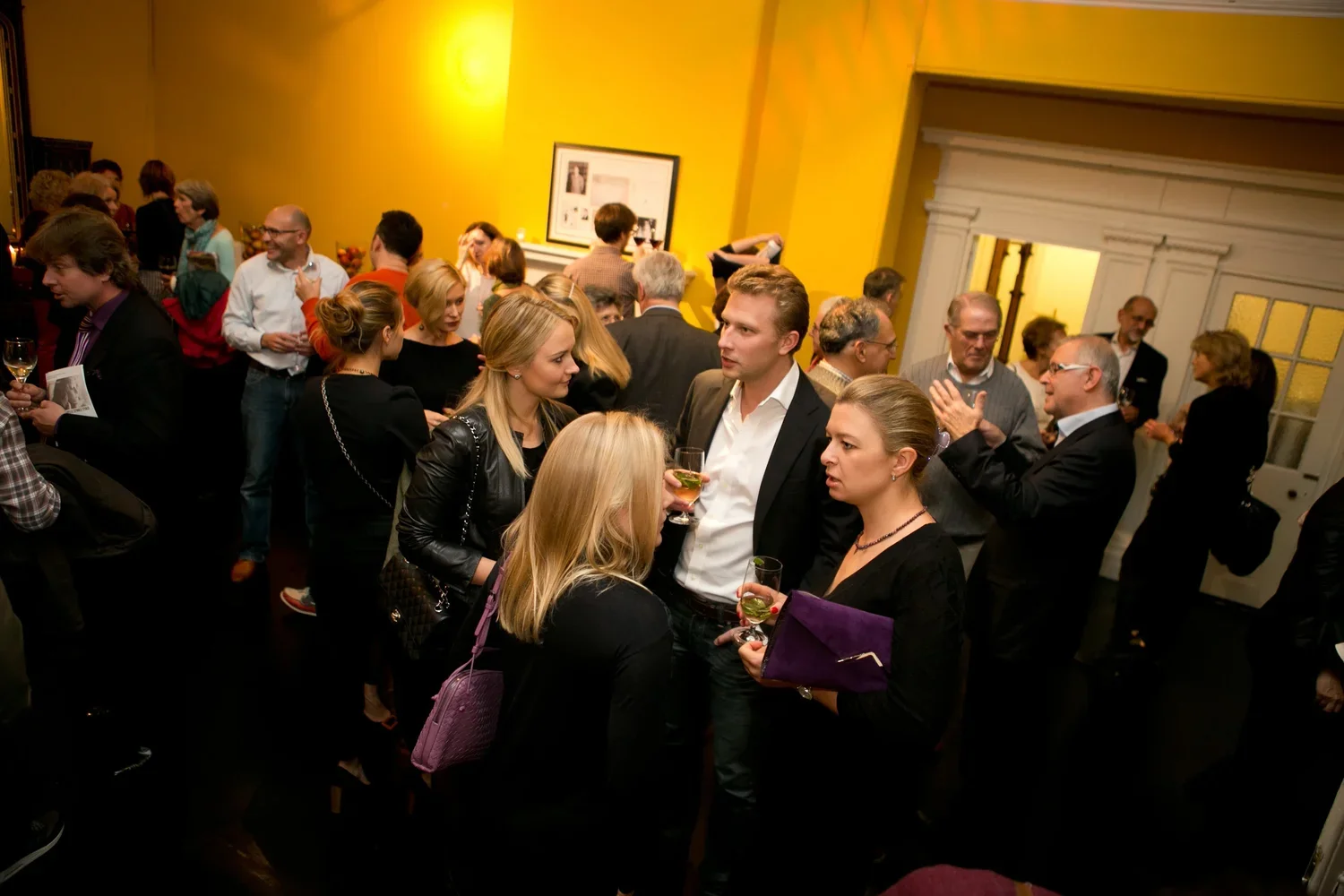MISIA: THE MUSE OF BELLE EPOQUE
September 21, 2013 |
20th Century Theatre, London
Aleksei Kiseliov cello
Vsevolod Dvorkin piano
Illustrated talk by Patrick Bade
Program
Fauré Romance, Op. 69; Élégie, Op. 24; Papillon, Op. 77
Debussy Nocturne et Scherzo for Cello and Piano; Sonata for Cello and Piano in D minor
Ravel Le Cygne (arranged for Cello); Pièce en Forme de Habanera
Poulenc Cavatine from Sonata for Cello and Piano, Op. 143
Stravinsky Suite Italienne (after Pulcinella) for Cello and Piano
Misia Sert, née Godebska (1872-1950), was a muse and a patron to some of the most famous musicians, artists and writers from the Belle Époque 1890s through the 1930. According to Paul Morand, “She excited genius... through nothing but the vibration of her being.”
A talented musician in her own right, she studied piano under the composer Gabriel Fauré (1845-1924). An enthusiastic performer of Beethoven, Schubert and Chopin, she was passionate about Debussy and Ravel. (Ravel dedicated his Le Cygne (The Swann) to her in 1906, and the symphonic poem La Valse (The Waltz) in 1920.) In the twentieth century, Misia’s musical tastes turned towards a new aesthetic represented by Satie, Stravinsky, Auric and Poulenc. One of the most prolifically painted women of her time, Misia was portrayed by Vuillard, Bonnard, Vallotton, Renoir, Toulouse Lautrec and many others. Join us to as we present the music of Belle Époque and beyond; become a part of our encounter with Misia, a woman, who by virtue of her magnetic presence alongside artists of her time, became a muse and an arbiter of taste for several decades.





